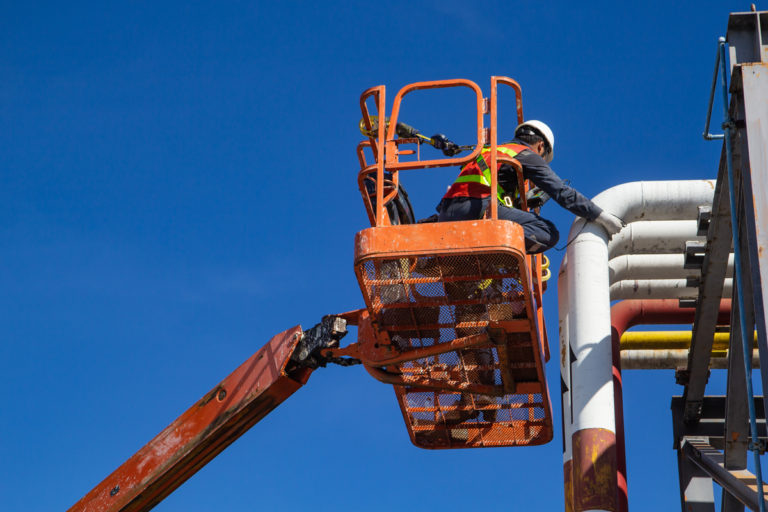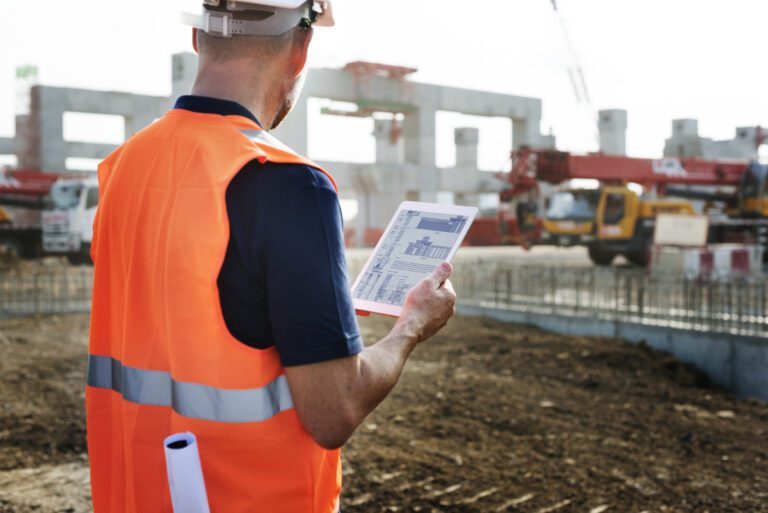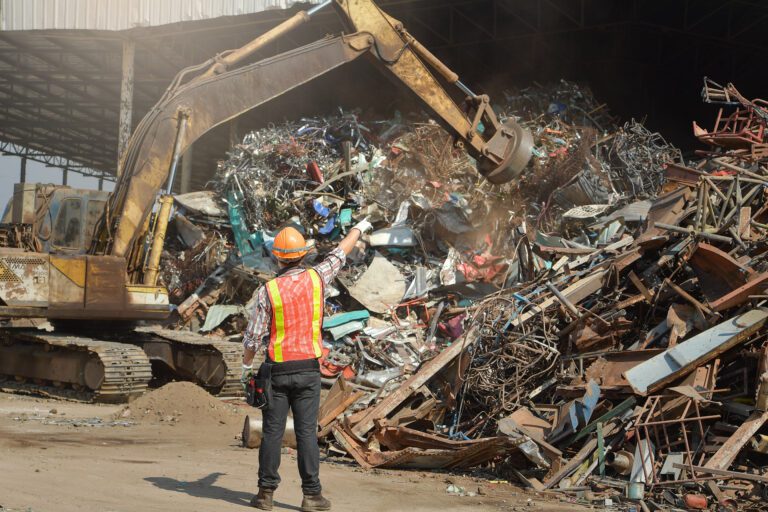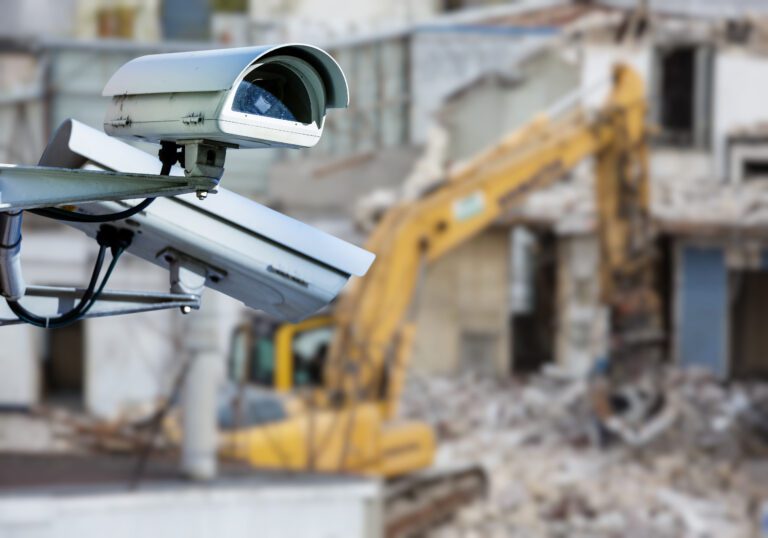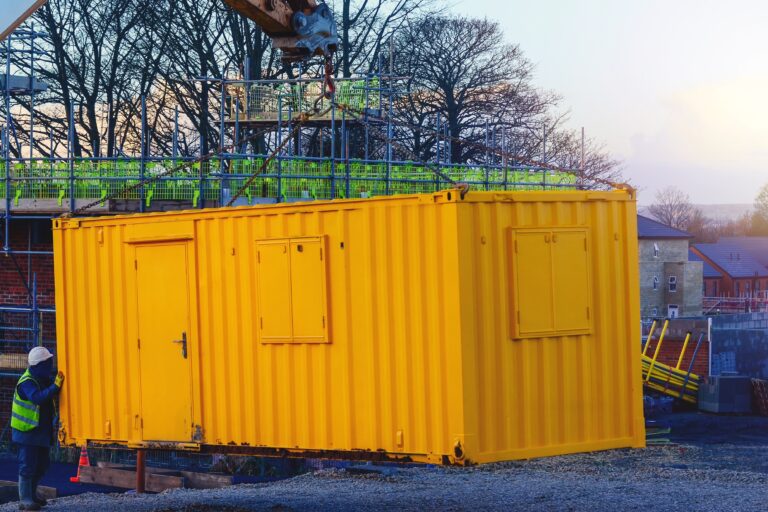15th February, 2022
A Complete Guide to Rotary Laser Levels
A rotary laser level is vital for a construction worker, allowing them to work accurately. Our complete guide to rotary laser levels helps you choose the right one.
A rotary laser level is a valuable piece of equipment for construction workers worldwide. They can be used across a variety of different projects as they enable builders to work with precision.
This is key in the construction industry as guess work isn’t going to do the job!
However by using a rotary laser level, builders can ensure they are working accurately and can maintain client satisfaction.
Imagine installing a light fitting that was on a slant?
Or building two walls at different heights?
This isn’t the result you’re trying to achieve. You need an instrument that provides a straight line reference point so that you know exactly where you’re working.
Make way for a rotary laser level. In this post we’ll take a deep dive into what a rotary laser level is, how it works, and its key benefits.
What is a Rotary Laser Level?
A rotary laser level is a device which emits a beam of light to create either a 360 degree horizontal or vertical line. This straight-line reference point can be used across any surface including a wall or floor depending on the application.
It can be mounted to a tripod or wall, which leaves your hands free to complete any task that is required. This is a particular benefit of this piece of equipment as it means you are not juggling different tools at once.
An alternative to this would be using traditional tools such as a spirit level which requires you to use both hands. Therefore, you could end up hanging something lopsided as it can be difficult to accurately see what you are doing.
Whilst a rotary laser level is handy for DIY jobs, they are particularly useful in large construction projects where timing is key. They only require a single employee to set up and operate, which allows more workers to concentrate on other tasks.
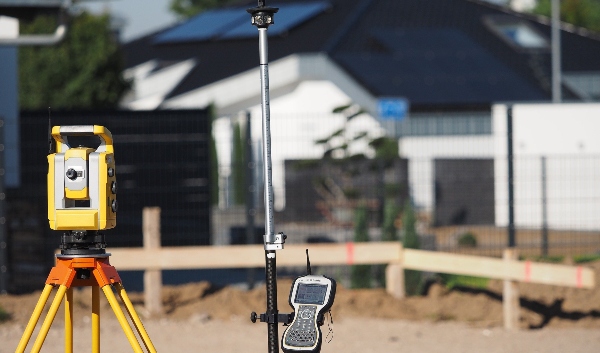
How Does a Rotary Laser Level Work?
We’ve touched on this slightly above, but a rotary laser level is a beneficial piece of kit for large scale construction jobs.
They can be used internally for fit-out projects, or externally for groundworks such as digging down or building up. If they are to be used in an outdoor setting, then they must be paired with a laser receiver and staff.
Although there is some crossover, generally static line lasers are used for internal projects whereas a rotary laser level with a receiver tends to be used outside. Let’s explore this in some more detail for further clarity.
The Role of a Laser Receiver
The reason why a rotary laser level needs to be paired with a laser receiver for outdoor projects, is because the laser beam will not be visible in natural daylight.
The receiver therefore acts as a detector or ‘eye’ as it picks up the light that is being emitted from the rotary laser level.
Being able to see the light isn’t usually a problem for indoor applications, but it does depend on how bright the room is that you’re working in. If it’s too bright then you will struggle to see the beam of light which will affect the way you work.
Generally, you should be able to clearly see the laser line if you’re working in distances of up to 20m. Anything above this will require the use of a laser receiver.
How Does the Rotary Laser Level and Receiver Work Together?
The receivers are mounted to a staff and have internal electronics that ‘pick up’ the light beam that is projected from the laser and indicate the centre of the line to the operator.
Visual indicators and audible sounds ensure a level reading can be achieved by a single operator.
So how does this work in practice?
Firstly, the visual is generally an LCD screen and the audible is a beeping noise that gradually gets quicker the closer you get to being on level. You know when you’re finally on level as you will hear a solid tone. With most detectors you will hear a fast tone if you need to move the detector down a touch, a slower tone if you need to move up, and a steady tone when you are on grade.
Laser receivers, or detectors as they’re also known, can shorten the amount of time needed when trying to find the level beam and get on level, which is a huge benefit to the construction industry who are always working to tight deadlines.
Essentially, it allows them to carry out tasks accurately, instead of wasting time going back and forth.
It’s important to note however, that not all receivers work the same, so you will need to check the compatibility before replacing them.
Horizontal and Vertical Levelling
Rotary laser levels usually come complete with a horizontal self-levelling functionality.
Once the laser starts, it will eventually provide a true level line by itself without the need for operator interference.
If it is knocked or disturbed it will stop, which mitigates the risk of any inaccuracies during use. You’ll often find if you hire more expensive units, they will also offer a vertical function for tasks such as frame levelling, plumb requirements, or steelwork.
This adds to the diversity of this product even further as it can be used for various applications.
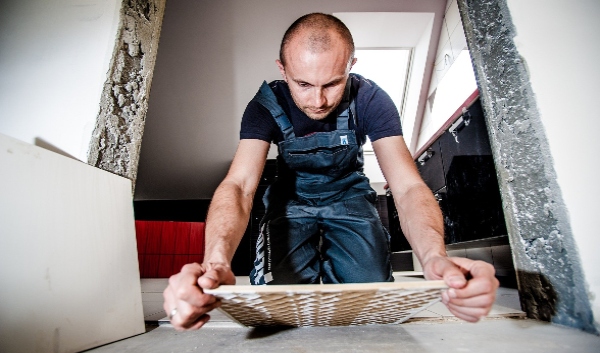
What Can A Rotary Laser Level be Used for?
There are various jobs where a level reference is needed. Some of these are smaller, such as hanging new shelves in an office building, whereas other tasks are large, such as installing sewer pipes or handling a site grading plan for a new building.
As we’ve already covered in the post, a rotary laser level can be used for both internal and external applications depending on the job at hand.
Below is a list of indoor and outdoor applications where this piece of equipment would be very useful.
Indoor applications:
- Align and plumb your walls
- Levelling floors
- Attach your laser to a wall or ceiling mount for easy drop ceiling installation
- To easily check the height of doors and windows
- Installing drop ceilings
- Install chair rails or wardrobe rails in a home
- Align shelves and cabinets
- Use a tripod for easy installation and alignment of cabinets and chair rails
Outdoor applications:
- Any type of basic surveys
- Lasers easily check and level posts and beams on decks, fences, and porches
- Masonry alignment
- Site layout
- Easily check land elevations
- Lasers with a slope capability can set grade for proper drainage and irrigation
- Align fences, posts and decks
- Establishing grades
- Contour farming or drainage
Laser levels were designed to speed up processes in construction as they are quick to set up, easy, and reliable.
Also as you can see from the list above, they are a multipurpose tool which helps save businesses money.
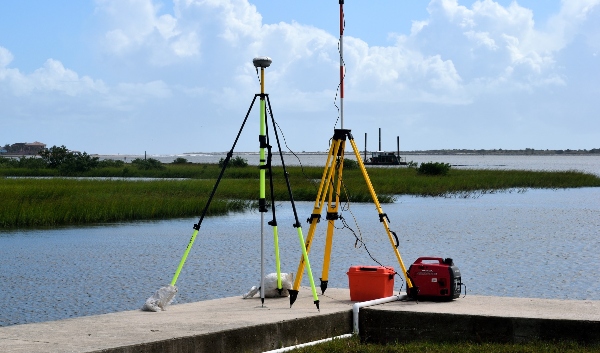
How do I Choose the Right Rotary Laser Level?
When it comes to buying or hiring a rotary laser level you need to choose the one that is right for you. So how do you do that?
Well here are some a few key things you should consider before making your decision:
Manual vs Auto
Auto lasers, also known as self-levelling lasers, do what it says on the tin.
Essentially these pieces of equipment do all of the levelling for you. Once it starts up it will provide you with a true level line and will stop if it is disturbed ensuring complete accuracy.
With that said, manual lasers aren’t necessarily less accurate than auto lasers if they are set up correctly. However, if they are knocked/ disturbed they will carry on running which makes them better suited to smaller scale projects.
Green Beam of Light vs Red Beam of Light
Green beam lasers are easier to see because they appear much brighter compared to red beams of light. They are only used for large scale, indoor projects where the line needs to be seen instead of using a laser level receiver/ detector.
Indoor or Outdoor Use
Depending on whether you’re wanting to use the laser level for indoor or outdoor applications, there are different products suited to each. As discussed, static laser lines are most suitable for indoor usage whereas a rotary laser level paired with a staff and receiver works best outdoors.
Accuracy
There are of course other alternatives to using a rotary laser level such as a spirit level. However, rotary laser levels are usually much more accurate, not to mention the fact they are hands free, which makes them a much better choice.
They work well over long distances which makes them much more superior than a spirit level which are usually suited to short distances.
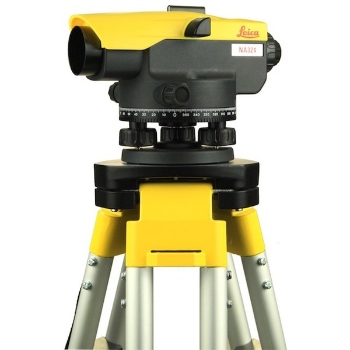
Should I Buy or Hire a Rotary Laser Level?
Now you understand what a rotary laser level is, your next question might be should I hire a buy one? There are of course pros and cons to each decision but it’s about working out how often this piece of equipment is going to be used.
Buying a laser level outright can be useful for customers who are wanting to use it on a regular basis or whose job depends on it. However, if you only need it for short bursts of time or to fulfil certain tasks, then hiring a rotary laser level instead might be a better option.
At YardLink, our laser site level comes complete with a tripod and staff, allowing you to complete your job with the highest accuracy possible.
The ergonomic design provides easy handling, while a rugged build allows for daily use in the harshest conditions making it ideal for a vast range of applications. Whatever the need, these levels measure with the highest precision giving you total peace of mind.
We’re a trusted tool and plant hire company and understand how having the right equipment is essential to the reputation of your business. We go above and beyond to ensure that happens and provide customers with free next day delivery.
Could your business benefit from using YardLink?
Simply set up your own account in minutes and get all of your construction equipment in one place!
A Complete Guide to Rotary Laser Levels
Rotary laser levels produce a highly accurate levelling line from which operators can work from.
They are highly useful for a wide range of jobs including tiling, surveying, plumbing, and aligning kitchen units, just to name a few, and are very easy to set up.
Unlike traditional levelling methods, they only require a single operator and can be used across large distances making them an indispensable tool for both indoor and outdoor usage.
At YardLink, we provide a range of tools to meet your project requirements including mini excavators, diggers, and skips. Check out our full range of tool hire equipment or to discuss your project in more depth, speak to a member of our friendly team!
YOU MIGHT ALSO BE INTERESTED IN

